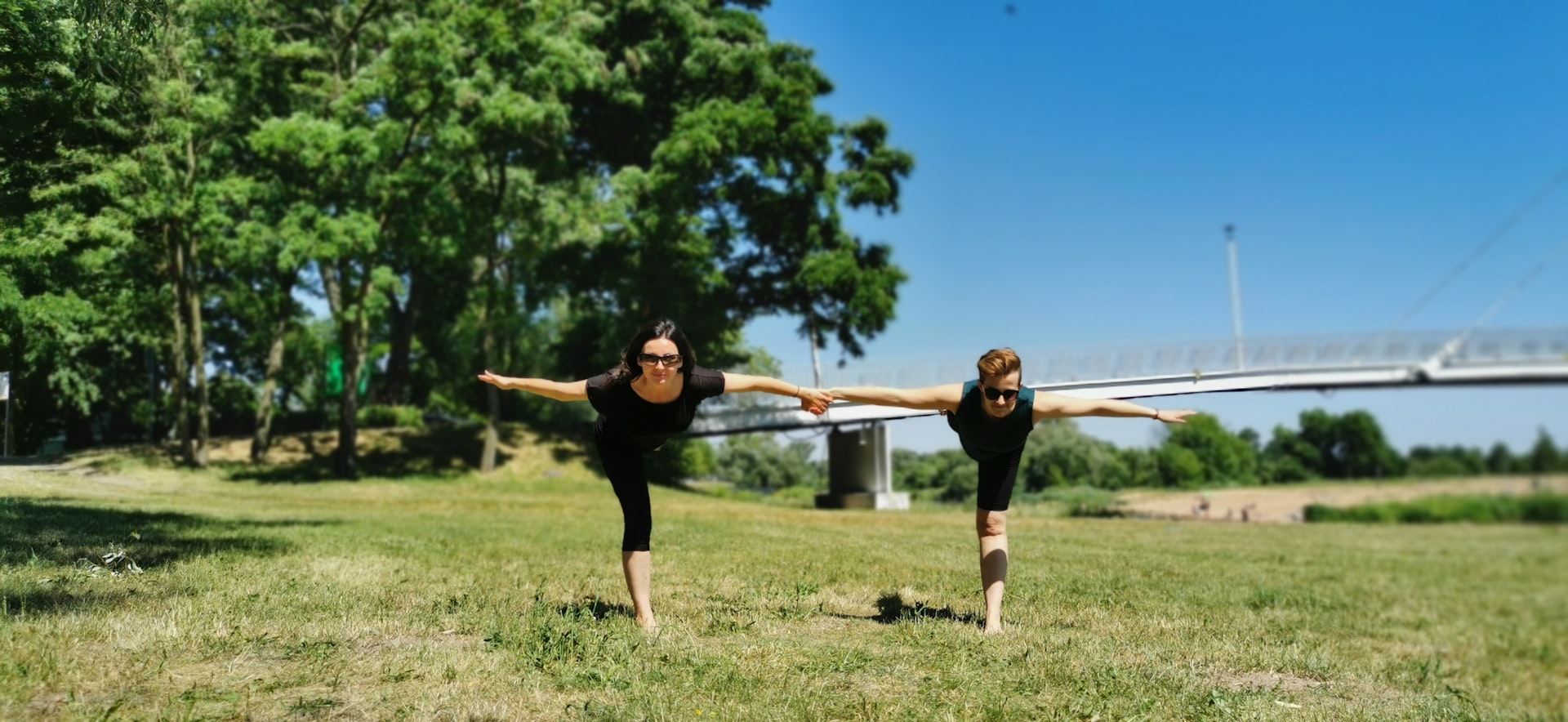Overcoming Balanced Fitness Lifestyle Challenges: Actionable Strategies for Long-Term Well-Being


Photo by Bar Kochba on Unsplash
Introduction: The Realities of Achieving a Balanced Fitness Lifestyle
Building and maintaining a balanced fitness lifestyle is a journey filled with unique challenges. Many individuals start with enthusiasm but struggle to maintain consistency, balance diverse wellness goals, and avoid burnout. These obstacles are common, but with actionable strategies and a holistic approach, anyone can overcome them and enjoy sustainable, rewarding results [1] .
Understanding Balanced Fitness Lifestyle Challenges
A balanced fitness lifestyle encompasses more than just regular exercise; it includes nutrition, sleep, stress management, and emotional well-being. Common challenges include:
- Inconsistency : Difficulty sticking to routines due to motivation lapses or life disruptions.
- Overwhelm : Feeling pressured by complex routines or unrealistic expectations.
- Plateaus : Lack of progress leading to frustration and loss of interest.
- Neglecting Recovery : Ignoring rest, sleep, or mental health in pursuit of physical goals.
- Poor Habit Integration : Struggling to make wellness habits a seamless part of daily life [3] .
Actionable Strategies to Overcome Fitness Lifestyle Challenges
1. Setting Achievable, Incremental Goals
Instead of aiming for drastic changes, focus on small, measurable goals. For example, commit to a monthly consistency challenge where you aim to complete 85% of your scheduled workouts. This strategy builds momentum and confidence, making setbacks less discouraging [1] .
Implementation Steps:
- Identify a realistic target (e.g., attend 12 out of 15 planned workouts in one month).
- Track your progress using a calendar, journal, or fitness app.
- Review outcomes at the end of each month, adjusting goals as needed.
Example: A “Mileage Club” challenge encourages participants to track total walking, running, or cycling distance each month, providing motivation through visible progress.
2. Integrating Wellness, Not Just Workouts
Balanced fitness is about more than exercise. Integrate wellness challenges focused on sleep, hydration, nutrition, and stress management. For instance, a sleep upgrade challenge involves following a bedtime routine and tracking sleep quality for four weeks, leading to better recovery and performance [1] .
Practical Steps:
- Choose 2-3 wellness habits (e.g., drink two liters of water daily, log meals, practice mindfulness for five minutes).
- Set reminders and accountability check-ins.
- Reflect on how these habits impact your energy and mood at the end of each week.
Alternative Approach: Try a “Digital Detox” week, gradually reducing screen time and noting improvements in focus and well-being.
3. Embracing Variety to Avoid Burnout
Monotony is a major reason people abandon fitness routines. Incorporate variety through different challenge formats, such as:
- Group Fitness Class Challenges : Attend a set number of diverse classes each month to stay engaged and discover new interests [2] .
- Mobility or Yoga Challenges : Dedicate time daily to stretching or learning new yoga poses to improve flexibility and reduce injury risk.
- HIIT and Strength Challenges : Alternate high-intensity interval training with strength-focused routines for balanced results.
Case Study:
Many gyms have found success with monthly fitness challenges, such as “30-Day Cardio Challenge” or “Core Strength Challenge,” which encourage consistent participation and foster a sense of community
[2]
.
4. Fostering Accountability and Support
Accountability is crucial for overcoming motivation dips. Strategies include:
- Partnering with a workout buddy or joining a challenge group.
- Participating in online communities or social media groups focused on wellness goals.
- Sharing progress through weekly check-ins or public goal-setting.
If you’re looking for support, consider searching for local fitness communities, or ask at your gym about group challenges and events. Many workplaces also offer wellness programs-check with your HR department or employee wellness coordinator for available resources [3] .

Photo by Ambitious Studio* | Rick Barrett on Unsplash
Alternative: If joining a group isn’t feasible, use a fitness tracking app to set daily reminders and log your achievements for self-accountability.
5. Building Sustainable Habits Through Lifestyle Integration
The most effective fitness routines are those that become part of your regular lifestyle. To achieve this:
- Start with a “Morning Routine Reset”: Choose three non-negotiables (e.g., hydrate, stretch, reflect) and complete them every day for 21 days.
- Track progress using habit trackers or mobile apps that allow you to visualize your consistency.
- Reward yourself for small wins to reinforce positive behavior.
Example: A “Nutrition Awareness Week” challenge-taking photos of every meal for seven days-can raise awareness of food choices and portion sizes, making healthier eating habits more achievable [1] .
Step-by-Step Guidance for Starting Your Own Balanced Fitness Challenge
- Define Your Goal: Choose one or two specific, measurable outcomes (e.g., 10,000 steps per day, sleep eight hours nightly).
- Pick a Challenge Format: Decide between daily, weekly, or monthly goals based on your schedule and preferences.
- Plan Your Routine: Schedule dedicated time for your new habits and set up reminders.
- Track Progress: Use journals, apps, or spreadsheets to record each day’s achievements and setbacks.
- Reflect and Adjust: At the end of your challenge, review your progress. Celebrate successes, identify barriers, and refine your approach for next time.
If you need help getting started, consider using reputable wellness platforms or fitness tracking apps. For example, the American Council on Exercise offers certified professional guidance and educational resources. You can find certified trainers or wellness coaches by searching “ACE Certified Professionals” on the official ACE Fitness website.
Common Pitfalls and How to Solve Them
Burnout: Avoid overly demanding challenges that lead to fatigue. Instead, focus on low-friction goals and allow for rest days.
Lack of Motivation: Reframe challenges as fun events-give them creative names or themes and involve friends or colleagues for friendly competition.
Plateaus: Mix up your routine by introducing new exercises, classes, or wellness habits.
Limited Time: Choose challenges that fit easily into your daily routine, such as 10-minute workouts or hydration tracking.
Alternative Pathways to a Balanced Fitness Lifestyle
Not every approach works for everyone. If traditional fitness challenges feel overwhelming, consider focusing on mindful movement (such as daily walks in nature), prioritizing home-cooked meals, or simply reducing sugar intake for a week [3] . Remember, lasting change comes from gradual, consistent progress rather than extreme overhauls.
Accessing Support and Resources
For additional support, you can:
- Contact your local gym or fitness studio to ask about group challenges and wellness workshops.
- Consult with certified fitness professionals for personalized plans; search for “certified personal trainer near me” using reputable directories like the National Academy of Sports Medicine (NASM) or ACE Fitness.
- Ask your healthcare provider for recommendations on integrating fitness and wellness into your daily routine, especially if you have specific health considerations.
- Explore employee wellness programs through your workplace, if available.
If you’re seeking verified online resources for fitness and wellness challenges, platforms like My PT Hub and Wellable provide comprehensive guides and ideas. Always verify the credibility of any program or provider before committing time or money.
Key Takeaways
Balanced fitness lifestyle challenges are most effective when they are holistic, achievable, and adapted to your unique needs. Focus on building sustainable habits, integrating wellness practices, and seeking support from communities or professionals. Use a variety of challenge formats to maintain motivation, and remember that gradual, consistent progress is the foundation of lasting well-being.






